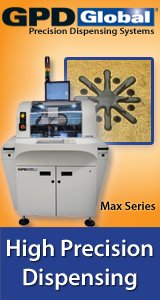Printed Circuit Board Assembly & PCB Design Forum
SMT electronics assembly manufacturing forum.
- SMTnet
- »
- Electronics Forum
- »
- ICT
ICT
Views: 2763
![]() i want to know what is the difference between ICT and functi...
- Mar 10, 2007
by
i want to know what is the difference between ICT and functi...
- Mar 10, 2007
by
![]()
![]() Here's your test definitions [clipped from the dictionary in...
- Mar 10, 2007
by
davef
Here's your test definitions [clipped from the dictionary in...
- Mar 10, 2007
by
davef
![]()
![]()
![]() ICT is generally a manufacturing verification test. Coverag...
- Mar 12, 2007
by
robgd3
ICT is generally a manufacturing verification test. Coverag...
- Mar 12, 2007
by
robgd3
![]()
![]()
![]() waht are the things to take on consideraton that enable inje...
- Mar 17, 2007
by
waht are the things to take on consideraton that enable inje...
- Mar 17, 2007
by
![]()
![]() Guards are used to limit the interaction between circuits. ...
- Mar 17, 2007
by
davef
Guards are used to limit the interaction between circuits. ...
- Mar 17, 2007
by
davef
![]()
imounen
- SMTnet
- »
- Electronics Forum
- »
- ICT







